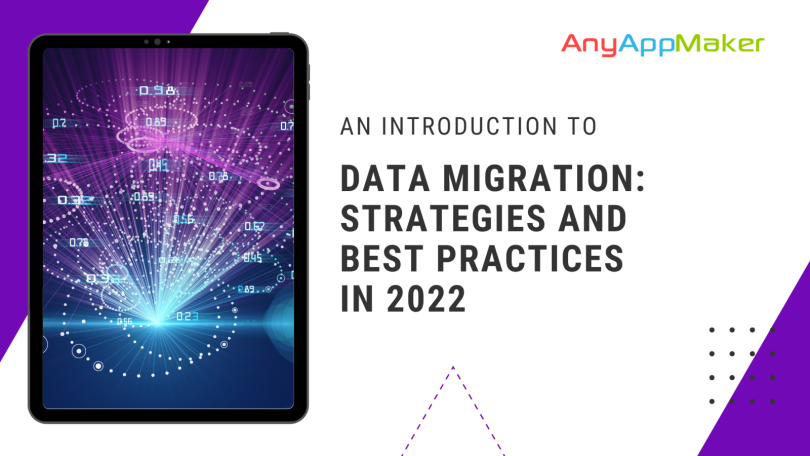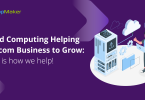As a business, you have to keep pace with the rapid and evolving technological pace. It may be a pressure for increased productivity, efficiency, and more. Database migration is one of the breakthroughs that is helping businesses worldwide, and there may be many reasons to migrate your data.
Data migration is so diverse that businesses face the underlying concern of data loss. It takes time before you get rid of the system, and not every company holds the required experience and helps you.
Moreover, if you do not possess a competent plan for data migration, you may run out of budget and find out that your data operations do not function as per the expectations.
A report from Gartner says that. 50% of the data migration projects would go above the predetermined budget, and it hurts the businesses. An effective strategy prevents the organization from blowing up its budget.
Here is a blog that covers details about the seamless data migration to the cloud and how it helps creates a better business infrastructure.
Why does a business need data migration?
For businesses to enhance their performance and gain a competitive advantage needs the best cloud migration services.
1. Database Migration
Database migration becomes the need when businesses choose other database vendors offering more advanced features and instant performance.
2. Storage Migration
Lack of storage space is not only the reason businesses prefer storage migration. When your business starts with advanced technologies and tools, migration becomes essential. One example includes on-premises migration to the cloud.
3. App Migration
App migration is crucial where one app data needs to be moved to other. It can be within the same vendor ecosystem or between different vendors.
Crucial Steps in the Data Migration Strategy
1. Explore and Assess the source
Before you begin the migration process, you must know what are you migrating and how it fits into your target system. The scope depends on the data type and tools you use, and there may be fields that do not need to be mapped to the target system. To fill in the gaps for the missing data fields, you may have to pull sources from other locations.
If the data pieces are not well classified and there are a lot of incomplete data pieces, you may reconsider whether you need to go through the migration process. Do not ever skip the review step, otherwise, the result could be simply a waste of time and resources.
2. Easily define and design migration
In the design phase, the organization defines the type of migration they are looking for. It can be either a big bang migration or trickle. It includes drawing a technical architecture of the solution and detailing the migration process.
You can define the timelines and project concerns by considering the design you pull the data over. By the end, the process is documented. During the planning phase, do consider the security plans of your data.
3. Building the migration solution
Migration with enough development approaches can be tempting. Since the implementation is done just once, it is crucial to make it right. You must be able to break your data into subsets and build one category at a time, followed by a test.
4. Conducting live test
The testing process isn’t over when you test the code during the building phase. Testing the data migration design with the data ensures the implementation accuracy and app completeness.
Migrating Data to the Cloud with us!
Data migrating is one of the most effective strategies and is like moving your valuables from one home to another. But the migration can be challenging, and if there is any discrepancy, businesses might lose their crucial data.
Therefore, hiring an experienced software development company with a robust experience in cloud services is vital. ToXSL has a team of developers with in-depth knowledge about the data migration process, from planning to post-migration. Reach out to us for more details on the same!


